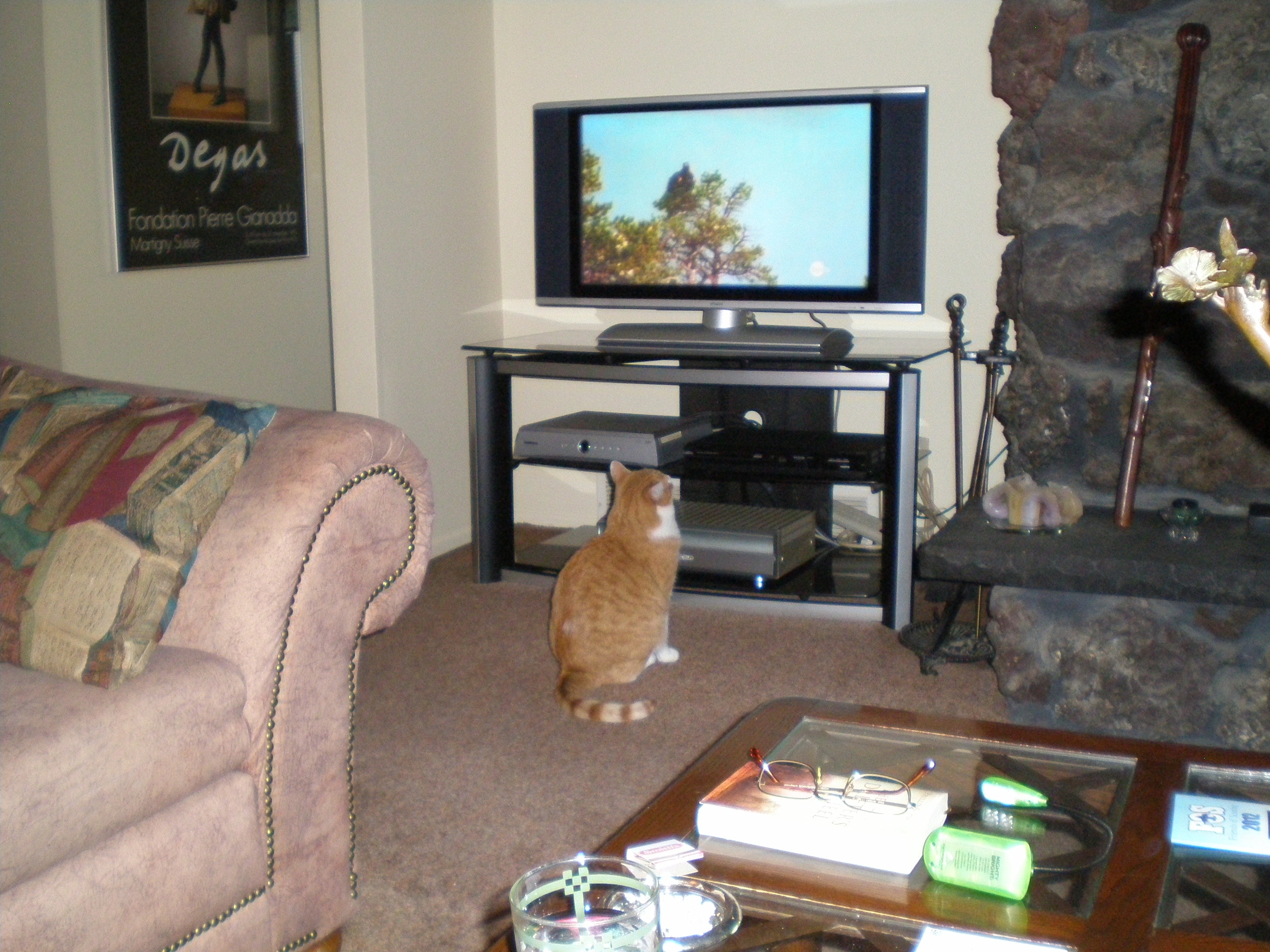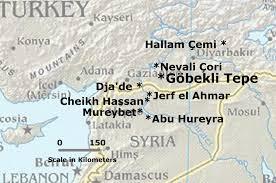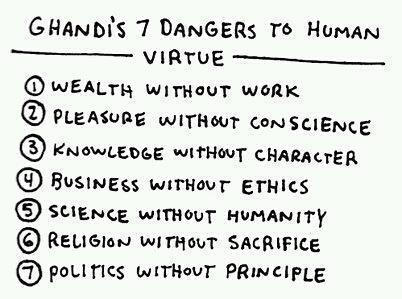I decided to remove a post I made here the other day that bad-mouthed the North Koreans. I had made it while angry at the vilification of the President of the United States by Nork media, and later realized I was being just like them, and had my mother been alive, she would have disapproved. So, because it’s Mother’s Day tomorrow in the USA, in it’s place I decided to write about the real human condition that we all share.
This exposition is to simply give you a snapshot of reality, as I perceive it. I make no claim as to my qualifications, or the accuracy of my perceptions. Like, you, and all others before us, I am stumbling along through life alone, and more or less self-directed toward a dimly perceived future. I have no particular viewpoint to sell, and I doubt that the contents of this piece will have any profound impact on your life. If you come away from it with things a little more in focus for you, and have a better perspective of your place in the universe, then I will have accomplished my goal.
It would be best to start at the beginning, about 13.5 billion years ago. Thanks to our wonderful means of communicating and integrating scientific knowledge, we can now take the discoveries of the last six decades and make a few fundamental observations:
(a) Science is still operating in the realm of myth. Numerous TV documentaries have been produced to show what has happened to the universe on a physical level since a billionth of a second after its inception. Prior to that, it is still the great unknown. Physical laws, as we know them break down, the laws of cause and effect may no longer apply, and at the tinniest scale, even today, matter seems to flicker in and out of existence.
(b) Mathematics, while the best tool we have for quantifying our observations and communicating them clearly, still falls short as a descriptive language. Many of the theoretical constructs of math have no basis in reality, and paradoxes abound.
(c) There is no supporting data for the existence of a creator or the lack thereof. There are hints, however, that the universe exists within in a multidimensional envelope, and that there are realms of existence outside of our familiar four dimensional space-time.
(d) Every event that has transpired in the universe since the ‘Big Bang’ can be explained scientifically, without appeal to faith or some higher authority.
(e) Humanity is getting increasing better at understanding the implications of all this.
Among the interesting conundrums we are still struggling with is the supposition by physicists that 75 percent of the substance of the universe is “Dark Matter’ and “Dark Energy’, with only a few percent expressed as everyday matter and energy. We don’t have a clue as to what it is, and no way of measuring it, but we are just short a ‘Higgs Boson’ and a ‘Homogenous Quark/Gluon plasma’ for having an explanation of ‘Everything’.
I don’t think so. While the scientists at CERN think they have found the Higgs Boson, I suspect it is wishful thinking.
Another interesting dilemma is the emerging view of Panspermia: The chemicals of life are abundant and wide-spread throughout the universe, particularly, carbon and hydrogen atoms. They form hydrocarbon compounds in tremendous quantity as a by-product of the fundamental reactions in the core of most stars. These compounds have a terrific ability to form even more elaborate compounds with a wide variety of substances. Did life, then, start on Planet Earth, or is it drifting in space, blown by the Solar Winds that permeate our galaxy, to land and thrive on habitable planets?
Does it really matter?
What does matter is that we now have a new Gestalt to deal with: Man as a super-organism. Since the Human Genome was decoded in 2003, we have come to realize that Human Beings are a cooperative enterprise of single-cell organisms. We are a composite of Retroviruses, bacteria, and a host of prehistoric organisms in the long, evolutionary chain that leads from slime to superman. It can be seen in our DNA. Of the three billion base pairs that are formed from the amino acids A,C,T, and G, in the Human Genome, most are Introns; largely genetic garbage from the past that have no apparent effect on active genes, and at best seem to act as start-stop commands during the production of proteins.
Of the 3 million or so active genes in Human chromosomes, only 23,000 are distinctly Human—the balance being those sequences that evolved prior to our divergence from Chimpanzees and other Primates. Long sequences somewhere within our 40-odd chromosomes describe the cooperative enterprise between Mitochondria and normal cells, the creeping, slimy nature of our earliest bacterial ancestors, and the many class wars between retroviral invaders and our immune systems.
Consider that we carry about two kilograms of bacteria and other flora around in our guts. Think about the many compromises that these organisms have had to make in order to have an environment hospitable to the group and its host. What then, is the ‘true’ nature of a Human Being? Are we simply self-aware, semi-intelligent, multi-cellular organisms that surf the wave of more fundamental organic machinery? Or are we an elaborate husk created to nurture and protect our DNA as it evolves toward some obscure future?
It seems to me that we need to confront the fact that we are improbable creatures. By this, I mean random biochemical events that have culminated in beings that create mathematics and music. Mammals that have taken partial control of their environment through the use of high technology and the time-binding (writing) of accumulated knowledge and experience.
Nothing more. Or less.
It is also worth considering that of the 23,000 genes that make us distinctively human, only a handful are responsible for racial and ethnic distinctions. A handful of others are responsible for the developments in our Cerebral Cortex that allows us to consider all this. A handful more may be all that separates us from individual immortality, or having ESP.
What then is the basis of our pride and sense of self-importance? How can we maintain that we are ‘spiritual’ beings and the epitome of evolution? How can we honestly classify other strains of humanity as superior or inferior to the dominant group?
We must deal with the facts. We are here on the Earth, at this point in time, and our kind, in all of its variations, have been around for about 250,000 years. The universe at large is a violent place, and we are extremely luck to live in a solar system with relatively stable orbital dynamics that has gas giant planets shielding the inner system, including Earth, from space debris.
For the time being, the Earth alone is man’s home, and we must share it with each other and the myriad other life forms on which we depend. We are but a step on the evolutionary ladder that leads to organisms with more and more complex nervous systems, with greater and greater adaptability.
This is all that can be stated with certainty. It is independent of religious persuasion, political correctness, or philosophical debate. With regard to the future, it appears that we, and indeed all the species in the universe, have about 15 billion years in which to reach the end-point of evolution. Everything between now and then is up for grabs.
It seems to me that one can derive a moral imperative from these events: That which promotes the continued proliferation of evolutionary life is good, and that which opposes it is bad. From this underlying principle, we can elaborate a framework of enlightened philosophy on moral behavior, independent of religion or human culture.
No longer do we need a ‘vengeful’ God that urges us on to moral behavior through threats and intimidation. Science and reason are enough to get us by. Life after death is a quaint concept that is unsupported by any evidence, in the scientific sense. At the same time, it is difficult to imagine that our individual consciousness terminates the moment we expire. Is there a spiritual plane in this multi-verse that we inhabit? Who knows, more importantly, who can know, and why waste time speculating? By definition, it can have little if any interaction with the Here-and-Now. That little bubble in space-time that we call reality waits for no one.
So, what do we do to replace those comfortable, but obsolete, myths that we used to call reality, fate, and destiny? What do we do to replace Gods that are responsible for everything and require us to worship them? Can we use science and mathematics to reliably describe the universe and our place in it?
Well, no, not per se.
Unfortunately, math and science do not address visceral issues of life, death, and self-gratification. They do not measure or predict the emotional impact of events and our interactions with one another. Then, there is the quantum quandary of we, the observers interacting with reality—that of the observed, without blurring our perceptions and skewing our measurements. There is no mathematical term for this disparity, except for Plank’s constant. And the concept, ‘Being Human” is itself a moving target, irrespectively of our perceived ‘Place” in the scheme of things.






